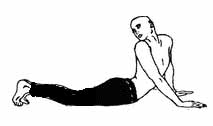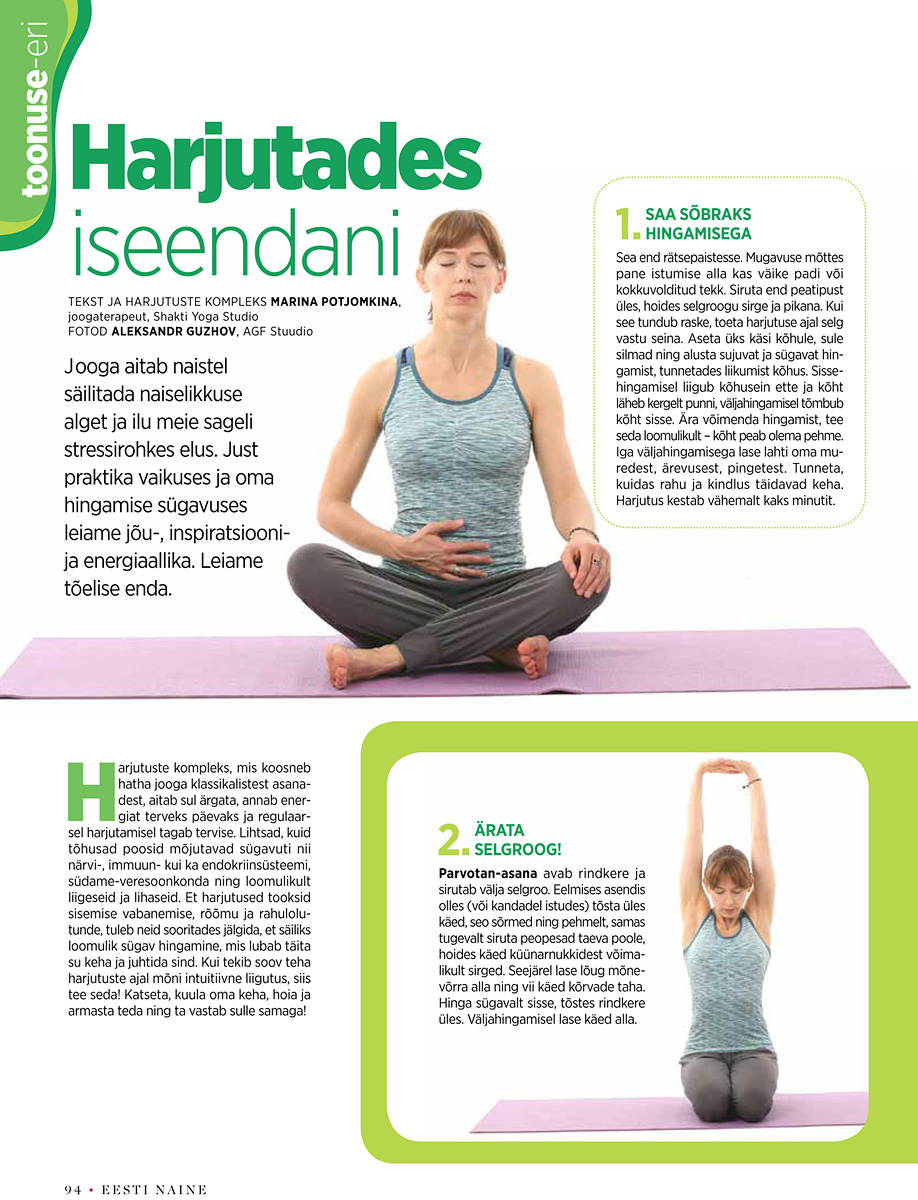The purpose of yoga. Ashtanga Yoga Patanjali (part 2)
 The importance of asanas in yoga practice
The importance of asanas in yoga practice
So, yoga classes begin with oneself, with one’s lifestyle and with a restructuring of one’s thinking. Yoga is primarily an internal individual work and there are no competitors in it, since only a person himself can show his life whether he is engaged in yoga or not. However, the third stage of yoga is asana, the use of various body positions. What are the different positions of the body used for? In order to enable the internal, hidden reserves of the human body. This step is used when the student subsequently wants to move on to more powerful internal practices. This stage is auxiliary, it helps to generate internal energy in order to subsequently safely and painlessly go to the next stages of yoga practice. In India, a ha-tha yoga system was invented for this purpose, in Tibet there is another, Tibetan yoga, there is also Chinese qi-gong gymnastics, which is also essentially a Chinese form of yoga. All kinds of martial arts came, in essence, from this source. The purpose of practicing asanas is the purification of human energy channels, the inclusion of internal resources. As a result of these activities, a person’s health is restored, life potential is enhanced.
Traps on the Way. The first trap – 3 step, asanas
But at this stage, there is one very significant trap, which has already landed many people who believed that they were doing yoga. Outwardly, everything really looked like these people did yoga, they did some very difficult asanas very well. But there is one small BUT – if a person does not practice pit and niyama daily in his life, then increasing his energy potential, he automatically directs energy to all negative manifestations of his own character. Therefore, his life is not getting better, but much WORSE! After all, how do you feel about the world, so he answers you. What is inside and outside is LAW! It is on this topic that the film proposed on the main page has been laid out for all those involved.
The importance of pranayama in yoga practice
The practice of pranayama begins from the moment when the person’s energy system is sufficiently prepared to work with prana (energy). In the classical tradition of ha-tha yoga, pranayama begins to be practiced after 2 years of practice of asanas, when the body is ready to work with more energy than the body of an ordinary, non-practicing person. The purpose of the practice of pranayama is the ability to accumulate energy, conserve it and consciously manage it.
Traps on the Way. Trap Two – Stage 4, Pranayama
Pranayama is a very pleasant practice, it, at first glance, is much easier than the practice of asanas, and gives a very quick effect of feeling a surge of vitality. Pleasant conditions experienced by a person from a sudden energy surplus can be compared with energy euphoria. Therefore, there are many people practicing precisely with the goal of getting this energy high. If a person does not practice pit and niyama, then such a person has no inner core, no will. Therefore, for such a person, the practice of pranayama can turn into a special kind of energy dependence, drug addiction. By the way, among practitioners of yoga (especially Kundalini Yoga) there are quite a few former drug addicts who actually replaced one high with another. Of course, it’s good that these people no longer use hard drugs and do yoga. The only bad thing is that these people were both addicted and remained addicted.
The second trap at this stage of practice is as follows: if the practitioner’s body is not sufficiently cleaned and not worked out by asanas, then a powerful energy flow can disrupt the human energy system, which can subsequently lead to both physical and mental illnesses. At the same time, modern doctors can neither diagnose nor treat diseases caused by an imbalance of winds (energies), and, by the way, they don’t have a clue about the cause of such diseases, since they don’t know anything about the energy structure of a person. That is why among unconsciously practicing there are so many “departed”, people who have fallen from society, who are simply useless in social life.
Pratyahara
Pratyahara is working with feelings and emotions. You can start pratyahara also no earlier than the body and energy system are ready for such work. Yama and niyama should become simply natural for a person at this stage, this is a necessary condition for the practice of pratyahara. A person has 5 senses – vision, hearing, touch, smell and taste. By learning to switch attention from external objects attracted by these feelings inward, you can learn to observe your personality – the ego. At this stage, you can learn a lot of interesting things about yourself. You can completely transform your personality, getting rid of internal blocks, fears and selfish inclinations.




